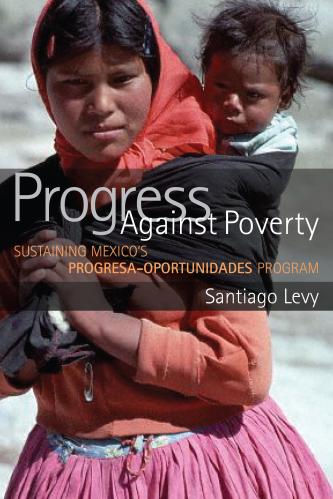What’s the latest in health policy research? The Essential Scan, produced by the USC-Brookings Schaeffer Initiative for Health Policy, aims to help keep you informed on the latest research and what it means for policymakers. If you’d like to receive the biweekly Essential Scan by email, you can sign up here.
Consumer Directed Health Plans Not Associated with Reduced Use of Low-Value Services
Study by: Rachel Reid, Brendan Rabideau, Neeraj Sood
Patients who switched to a consumer-directed health plan (CDHP) were associated with decreased outpatient spending overall, but no change in spending on designated low-value services, according to a new study. The researchers compared patient spending on 26 medical services considered low-value before and after they switched from a traditional insurance plan to a consumer-directed health plan. They found that while switching to a CDHP was associated with a $231 decrease in outpatient spending overall, there was no significant difference in the use of low-value services. This pattern continued when the authors restricted the analysis to imaging services and laboratory services. In a previous study the researchers found that 7.8 percent of the patients studied received low-value services in 2013, amounting to $32.8 million in spending. These findings add to the recent literature suggesting that high-deductible health plans do not focus cost reductions on low-value care. Full study here
The Uninsured Do Not Use the ED More– They Use Other Care Less
Study by: Rouhua Annetta Zhou, Katherine Baicker, Sarah Taubman, Amy N. Finkelstein
Many believe that the uninsured visit the emergency department (ED) for care more frequently than individuals with insurance, and therefore expanding insurance coverage will reduce overuse of EDs. A new study finds that the uninsured do not use the ED substantially more than the insured overall, and use the ED substantially less than individuals on Medicaid. Furthermore, the uninsured had lower rates of outpatient care use, averaging about two outpatient visits per person per year compared to six for the insured and roughly nine for individuals on Medicaid. These findings suggests that policy makers and researchers should look at patterns of care use across different types of care, rather than focusing solely on the ED. Full study here
Orphan Drug Designations are Strong Signals for IPO Investors
Study by: Philippe Gorry, Diego Useche
Orphan Drug (OD) designations, which come with tax and market incentives, are granted by the Food and Drug Administration to pharma and biotech companies working on drug development for rare diseases. According to a new working paper, these designations are more valuable than patents in attracting Initial Public Offering (IPO) investors. Research in orphan drug development has been shown to be particularly risky due to lack of knowledge about the disease state and small patient groups available for clinical trials. The researchers found having an OD designation in the context of IPO financing correlates to an increase of about 17 percent in proceeds collected by companies at IPO. They estimate this amounts to an additional $10.98 million for an OD designation. The authors were unable to determine whether market exclusivity or tax refunds was the more effective incentive in driving IPO investors. Full study here
Spending Reductions in Medicare ACOs not Concentrated among High-Risk Patients
Study by: J. Michael McWilliams, Michael E. Chernew, Bruce E. Landon
Many theorize the savings achieved by ACOs in the Medicare Shared Savings Program (MSSP) have been accomplished by reducing acute care needs through comprehensive patient management, enhanced outpatient services and preventive care targeted at high-risk patients. Yet, a new study found among ACOs that entered the MSSP in 2012, spending reductions for high-risk patients accounted for only 38 percent of the total reduction in the cohort, with the rest of the reduction attributed to reduced spending in the larger group of low-risk patients. Furthermore, the researchers observed only a 1.6 percent reduction in hospitalizations in the 2012 entry cohort and evidence of minimally higher rates of hospitalizations for common chronic conditions that are the focus of MSSP quality measures. The authors write that these findings suggest ACO efforts to reduce spending may be distinct from strategies to improve quality and thus policymakers may want to consider decoupling rewards for quality improvement from achievement of savings. Full study here











Commentary
The essential scan: Top findings in health policy research
December 8, 2017